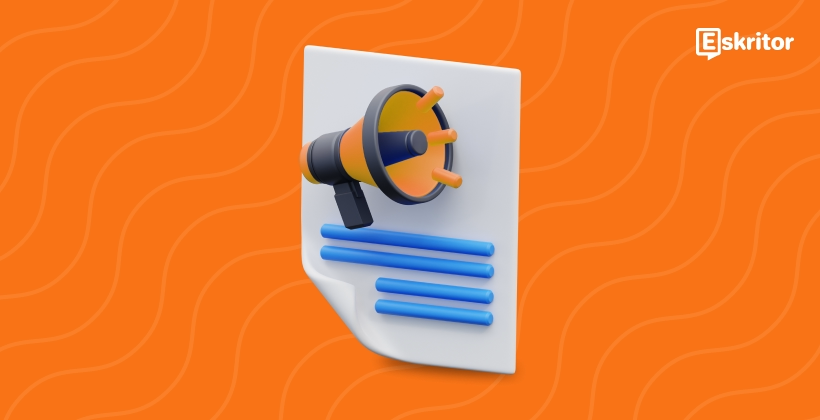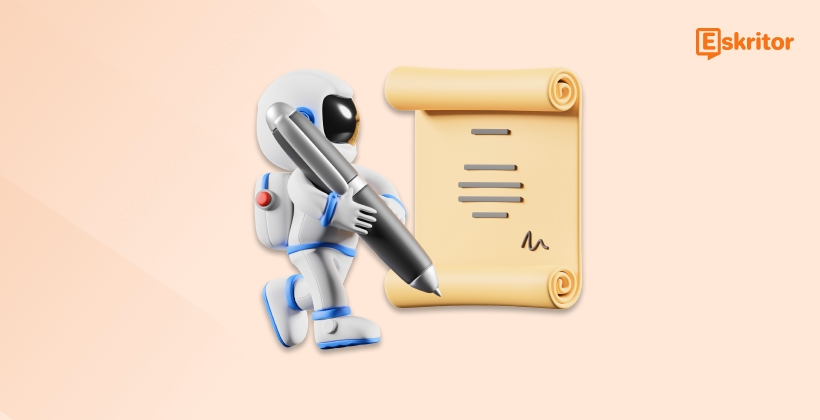Top AI Writing Tools to Boost Productivity
Top AI Writing Tools to Boost Productivity
Blog Article
The Future of AI Writing Technology Explained
As synthetic intelligence (AI) evolves, it continues to revolutionize exactly how we method modern editing practices. From syntax modification tools to sophisticated material era platforms, AI writer is reshaping just how authors, writers, and makers refine their work. That blog explores the position AI plays in modern editing and the influence it's across industries.

AI-Powered Tools Primary the Charge
AI-powered instruments are becoming an fundamental part of modifying workflows. Software fueled by normal language running (NLP) and unit learning can do responsibilities like syntax checks, stylistic recommendations, and sentence restructuring with incredible speed and accuracy.
As an example, AI-based grammar checkers can identify errors that the human eye may possibly neglect, such as for example subject-verb contract dilemmas or dropped modifiers. Similarly, model enhancements created by AI make certain that tone and movement align with the supposed audience, which is invaluable for skilled editors.
These methods aren't just limited to traditional syntax corrections. They are capable of improving readability, transforming passive style to active voice, and even paraphrasing entire paragraphs without adjusting the meaning.
Efficiency Meets Time Savings
Reports reveal that the utilization of AI resources can minimize modifying time by as much as 30%. As opposed to poring over every word personally, authors can focus their efforts on innovative and proper aspects of content. This shift allows specialists to manage larger sizes of text in shorter times, which can be especially valuable for industries like publishing and digital marketing.
Moreover, predictive AI characteristics can spotlight repeating problems, supporting writers boost their skills around time. For agencies, that translates to less methods spent on revisions and more polished results right from the start.
Enhancing Accessibility and Globalization
AI's position in contemporary modifying runs beyond efficiency. Advanced interpretation and localization methods let designers to conform material easily for global readers, breaking down language barriers with precision. This engineering guarantees that exactly the same information may resonate with countries global while preserving their authenticity.
AI also improves inclusivity requirements by improving supply in content. As an example, calculations can identify probably non-inclusive language and suggest alternatives. This ability allows writers to refine writing so that it resonates with diverse audiences.

Striking a Harmony Between AI and Human Imagination
While AI excels in rate and accuracy, it doesn't replace human editors. Machines frequently absence the capability to interpret nuance, feeling, or ethnic context fully. The best process combines AI's performance with human imagination and insight, leading to truly exceptional work.
By leveraging these technologies in modern modifying methods, builders and writers likewise can produce top quality material that aligns with the fast-paced demands of today's electronic world. AI will be the potential of editing, but the individual touch will always be needed for storytelling and connection. Report this page